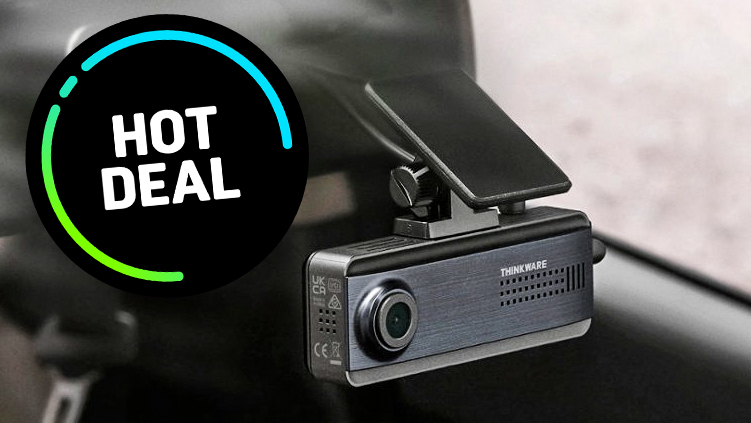I shot probably the worst eclipse photo ever – but I'm still glad I tried!
Using retro 3D glasses and my telephoto lens I took a surprisingly bad photo of the partial solar eclipse, but at least this way I got to see the magic of astronomy.
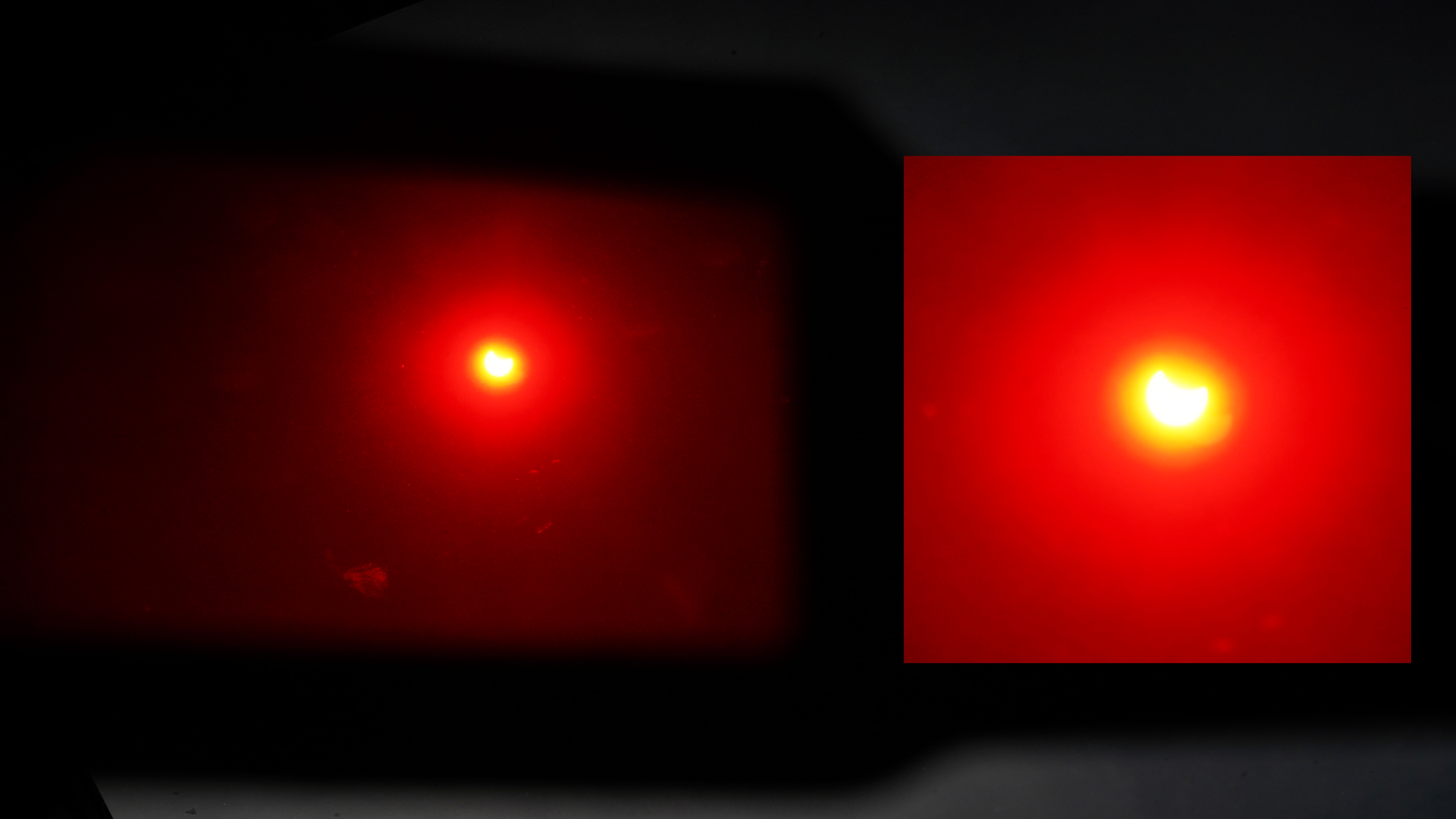
You know what, sometimes it's just worth a try because what you're capturing is more significant than the quality of the result you're able to achieve.
That is the case when you're witnessing a high speed which needs one of the best action cameras to slow it down – but it's also true for something like a solar eclipse – especially a partial one – because you're a lot better off pointing a camera at the sun than you're own eyes!
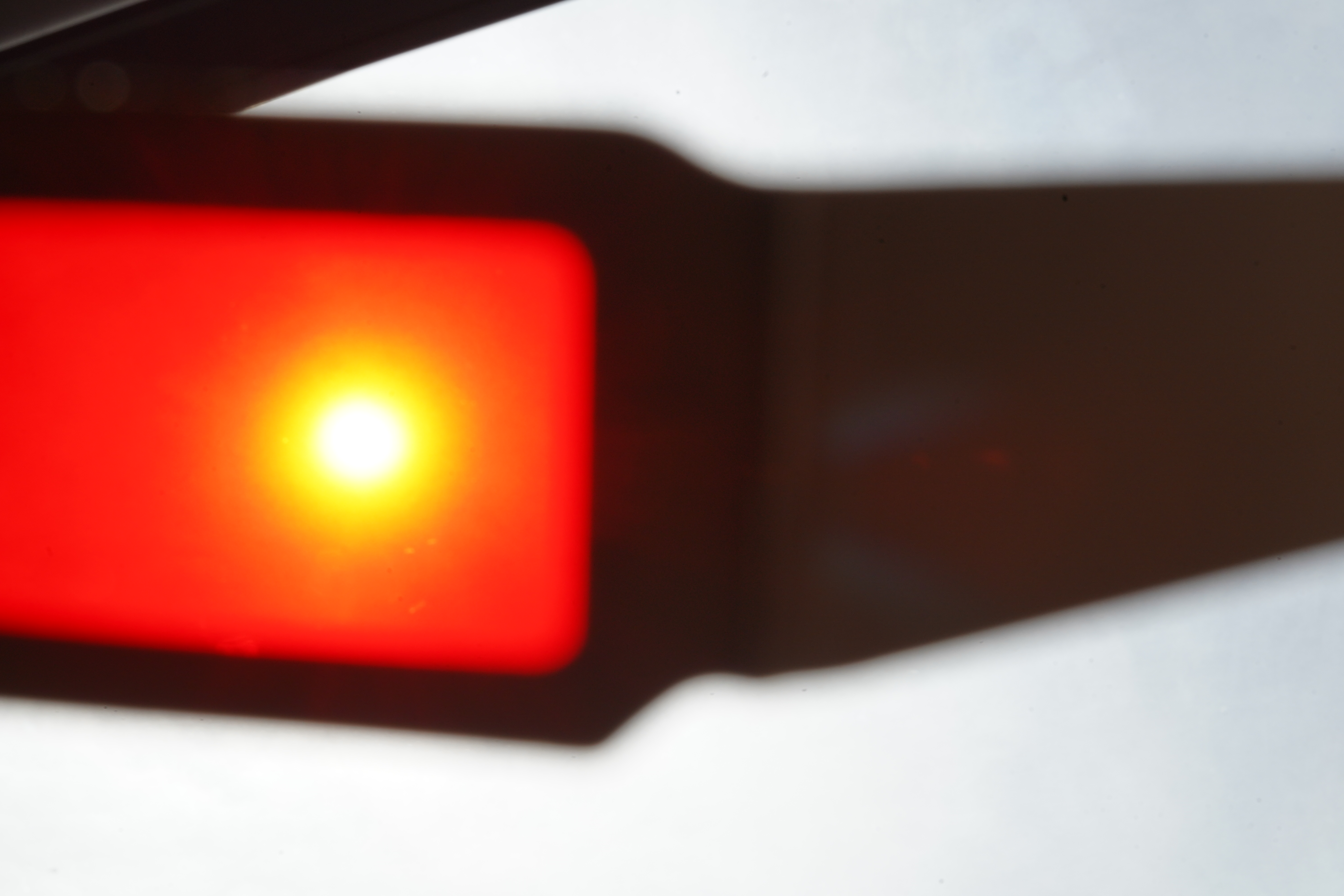
Looking at a live view on the camera's monitor is much safer, but there are risks to your camera. For me all these thoughts had to happen rather quickly last weekend as, to my embarrassment, I only heard about the eclipse a few minutes before but I still wanted to set something up so my girlfriend and I could enjoy the rare drama of the universe for the fleeting moments it passed.
Frustratingly, even the giant ball of fire that is our sun doesn't take up a large portion of the sky. The solution is adding a telephoto lens – or, in other words, a giant magnifying glass – onto the front will effectively direct a lot of powerful rays directly at your camera's image sensor. That isn't good for its long-term health either and I can't personally afford to replace my camera even for a glimpse of infinity.
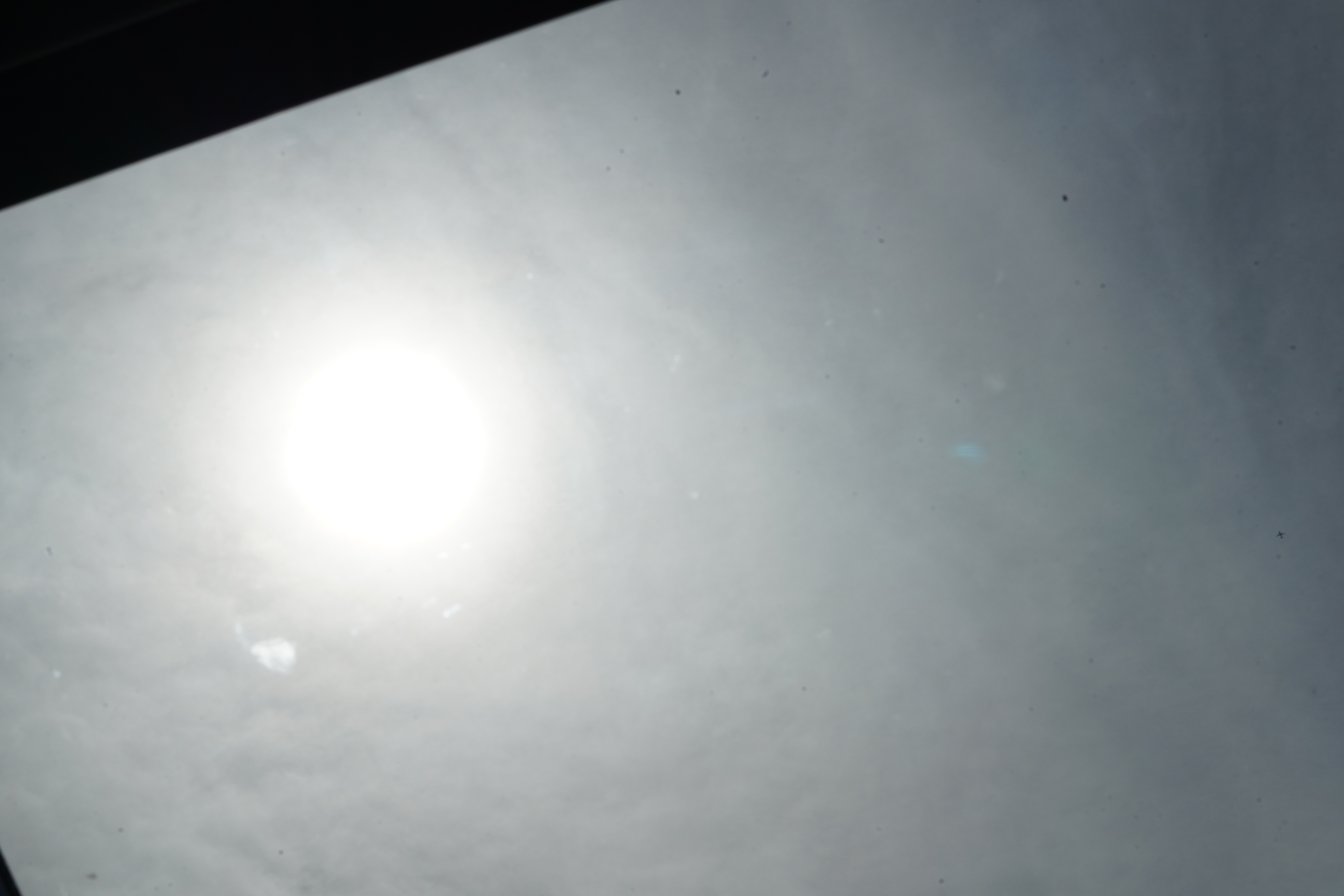
Without preparation, all I could do was hope to control the light getting through to the sensor enough to see the 'bite out of the sun's circle' that the partial eclipse should render visible. I looked through boxes and I didn't even have any ND filters to hand (I know, the shame), let alone solar ones.
But I did have some 3D glasses, the kind you might have seen in a 50s comic book. The red filter was enough, it transpired, to briefly control the light and – while it's certainly not a saleable photo – you could see what was going on using the camera's (my Sony A7iii) digital zoom when attempting manual focus.
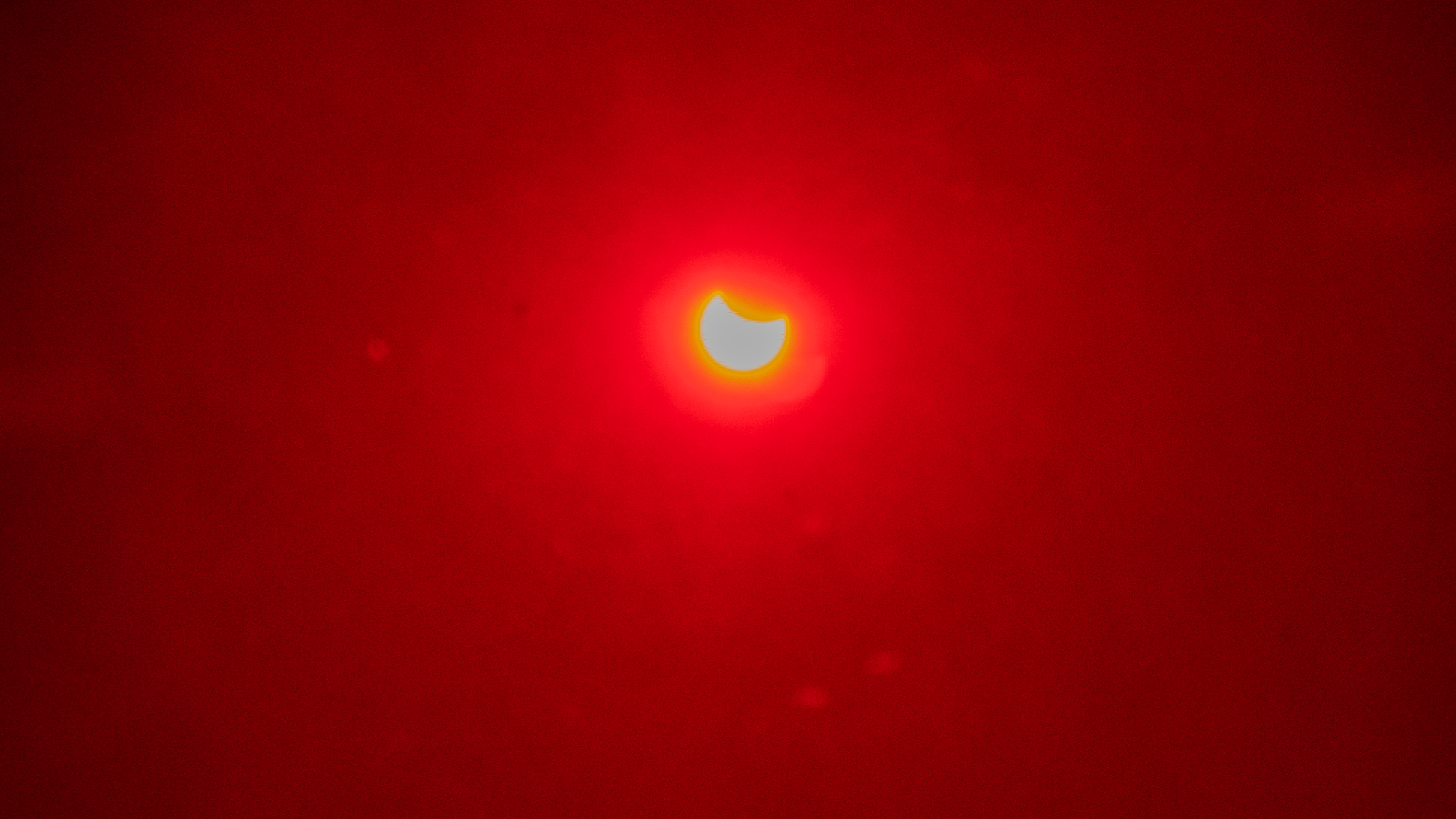
I wouldn't have left the sun pointing down the lens at my camera's sensor for long, but I was still able to grab a RAW image that reveals what we saw – a glimpse into the mechanics of the solar system and a little chink that reveals how tiny, and insignificant, and essential our planet is.
Get the Digital Camera World Newsletter
The best camera deals, reviews, product advice, and unmissable photography news, direct to your inbox!
If I'd just told myself I didn't have the gear, we woudln't have had the chance to experience that moment as it happened, so, truly, even for a partial eclipse, the best camera (as they say) you have is the one you have with you. There are, however, some provisos. I needed a decent telephoto and a "filter" (the plastic 3D glasses) to get anything.
Now I know why people plan ahead and buy the best solar filters!
Oh well, next time (according to NASA's Future Eclipses, that's August 2026 for me).
You might also like
You might be interested in the best telephoto lenses and the best cameras for astrophotography. For a shoot like this, it's also handy to have one of the best tripods.
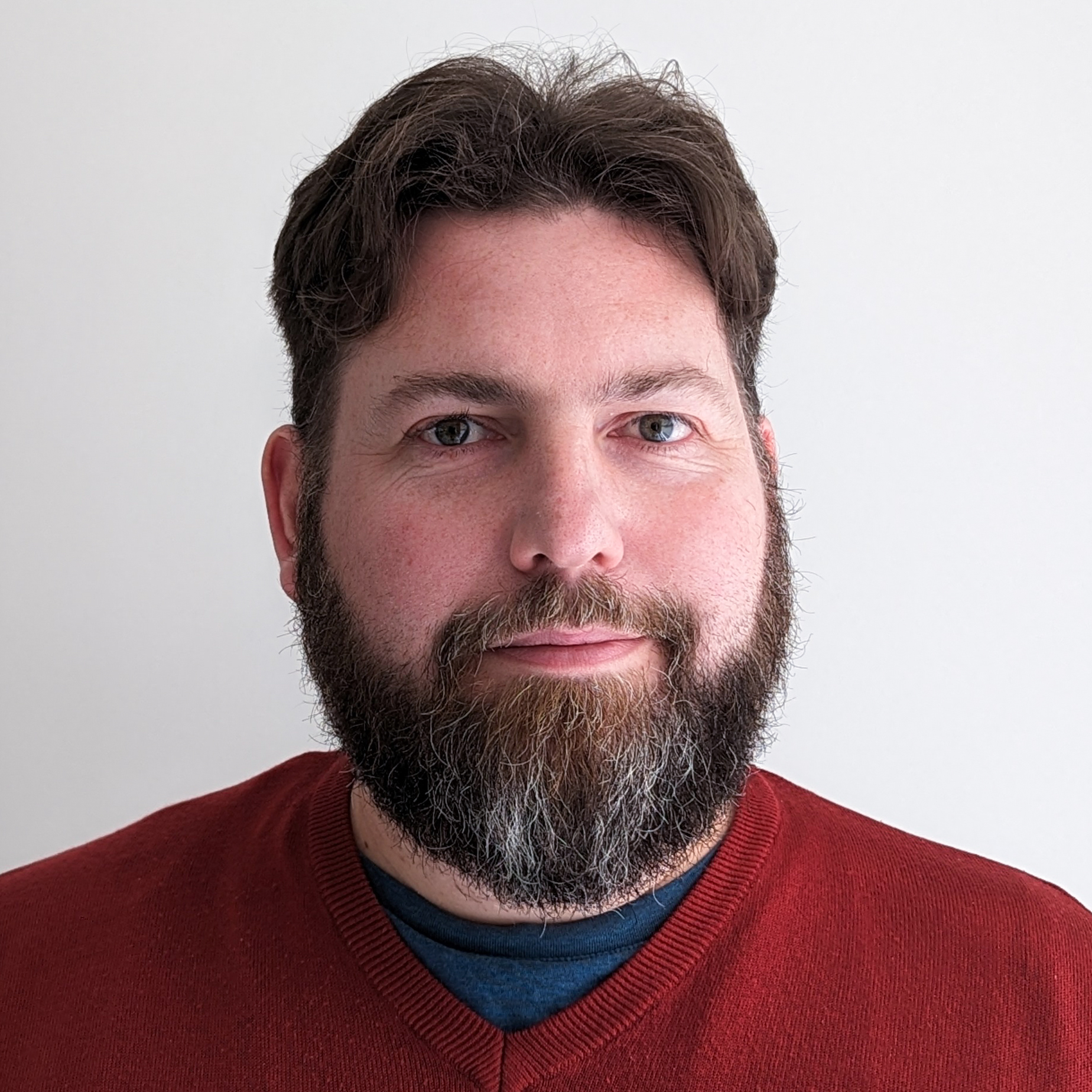
With over 20 years of expertise as a tech journalist, Adam brings a wealth of knowledge across a vast number of product categories, including timelapse cameras, home security cameras, NVR cameras, photography books, webcams, 3D printers and 3D scanners, borescopes, radar detectors… and, above all, drones.
Adam is our resident expert on all aspects of camera drones and drone photography, from buying guides on the best choices for aerial photographers of all ability levels to the latest rules and regulations on piloting drones.
He is the author of a number of books including The Complete Guide to Drones, The Smart Smart Home Handbook, 101 Tips for DSLR Video and The Drone Pilot's Handbook.
You must confirm your public display name before commenting
Please logout and then login again, you will then be prompted to enter your display name.
